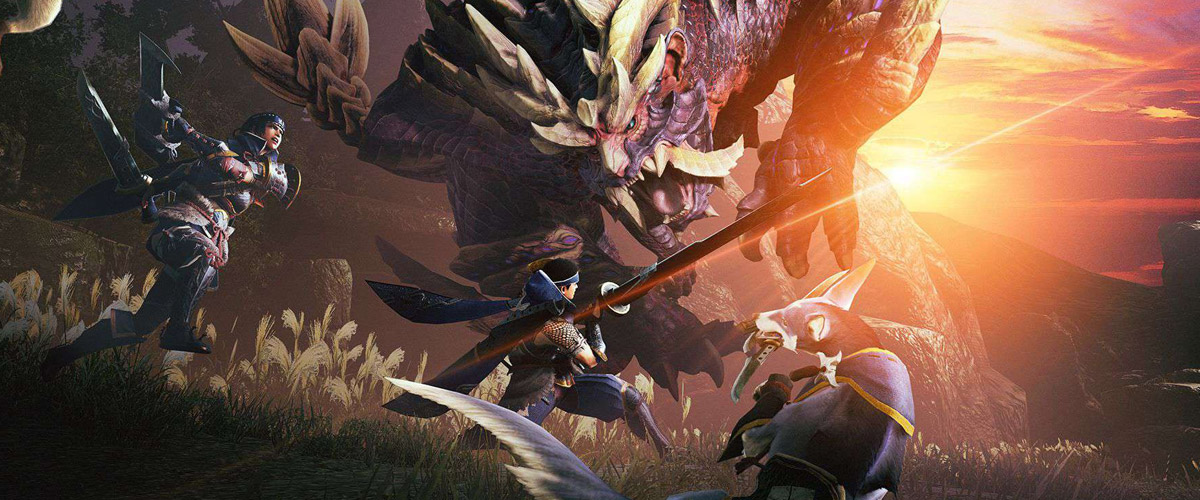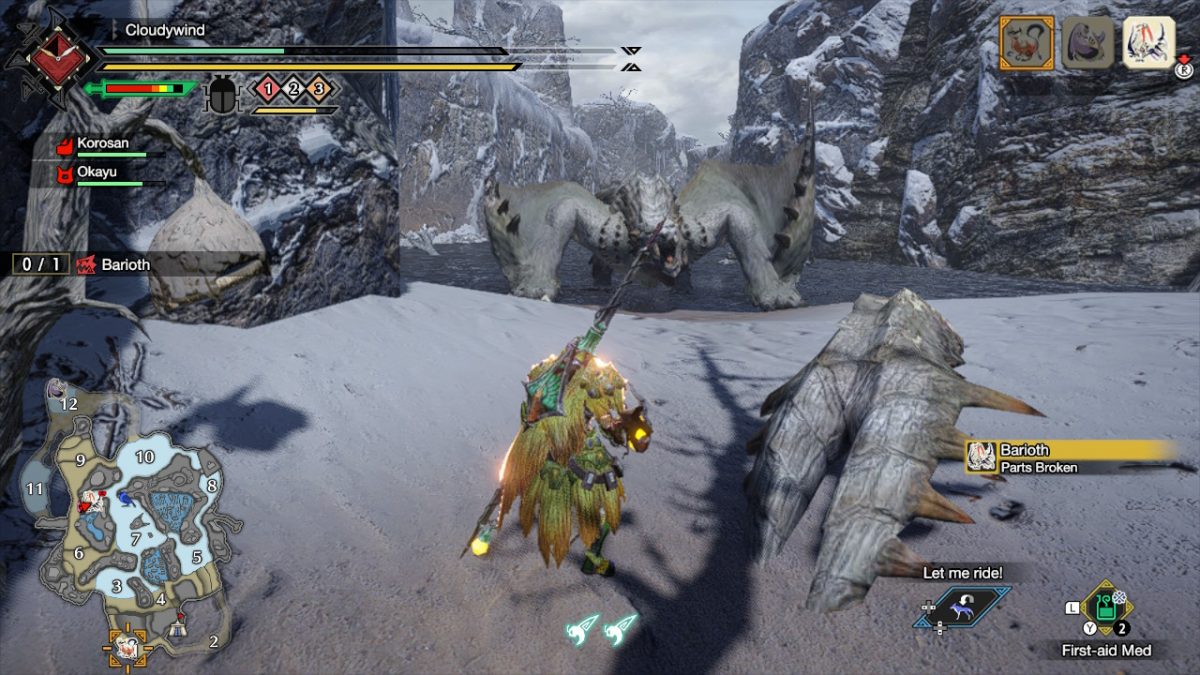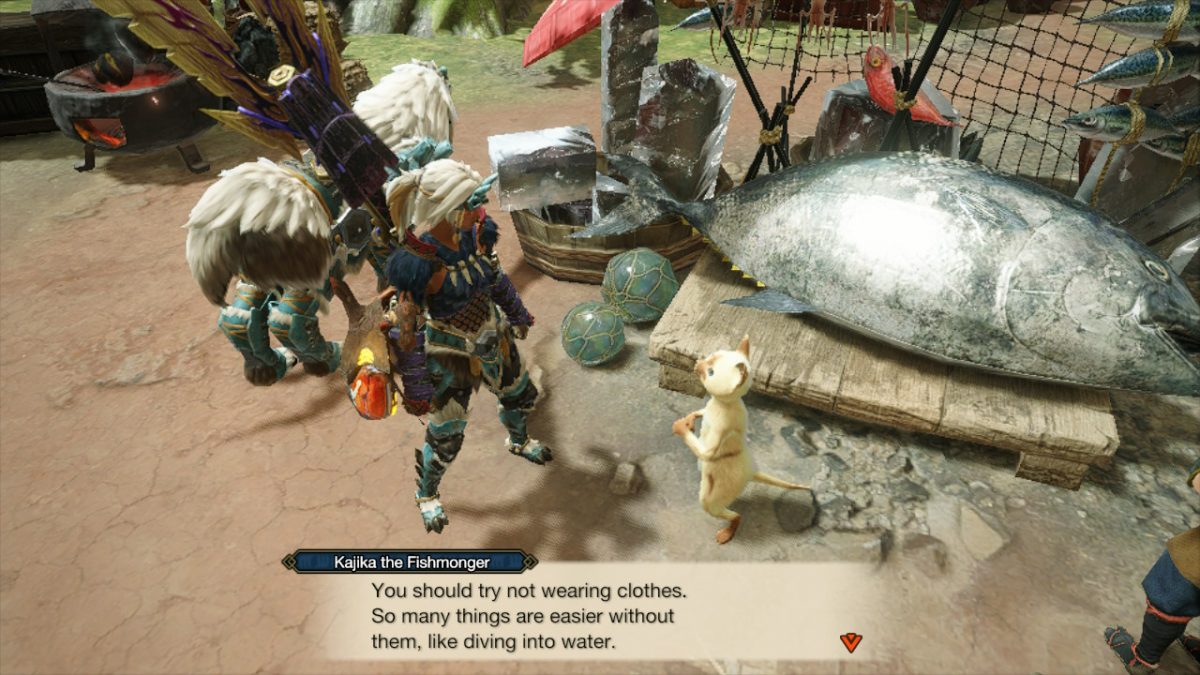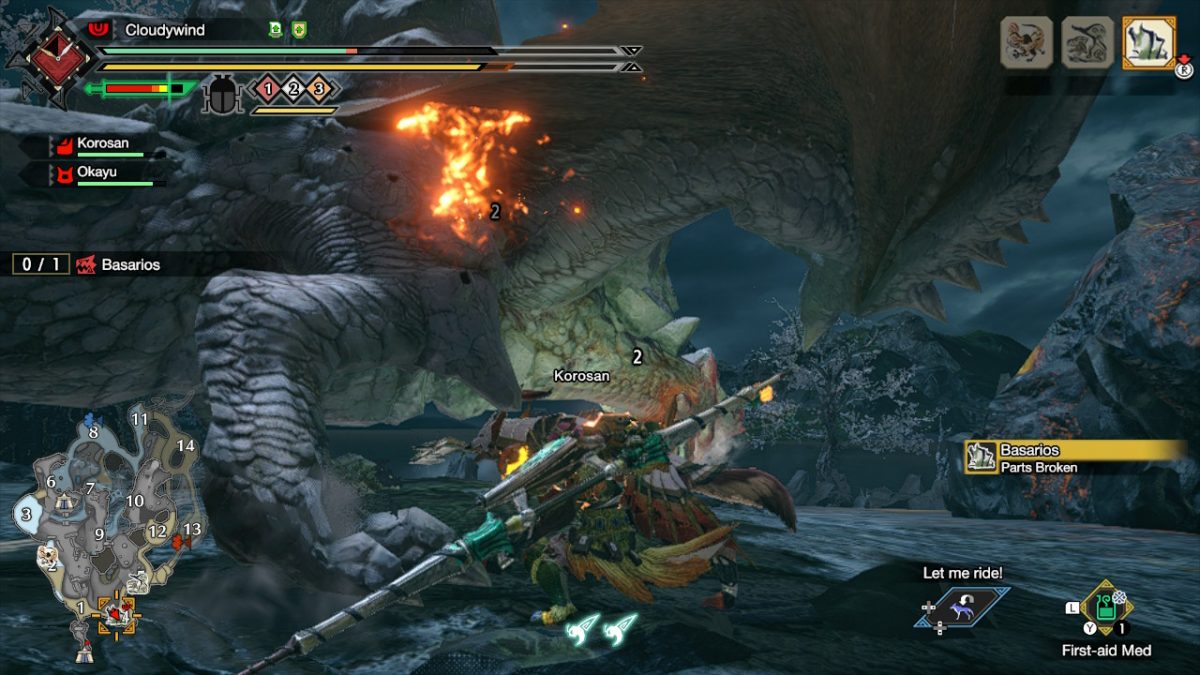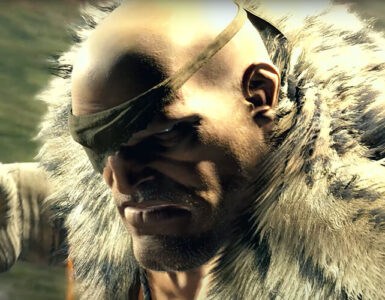- Shares
- 44
When Monster Hunter Rise was announced, seasoned hunters had just one question in their mind – will the new game be similar to Monster Hunter Generations Ultimate, or something else entirely?
And it’s not without precedent, as Monster Hunter Rise is an action role-playing game made just for the Nintendo Switch and while it is the sixth installment of Capcom’s highly popular Monster Hunter franchise, the fifth installment, Monster Hunter: World, was never released for Nintendo’s portable game console.
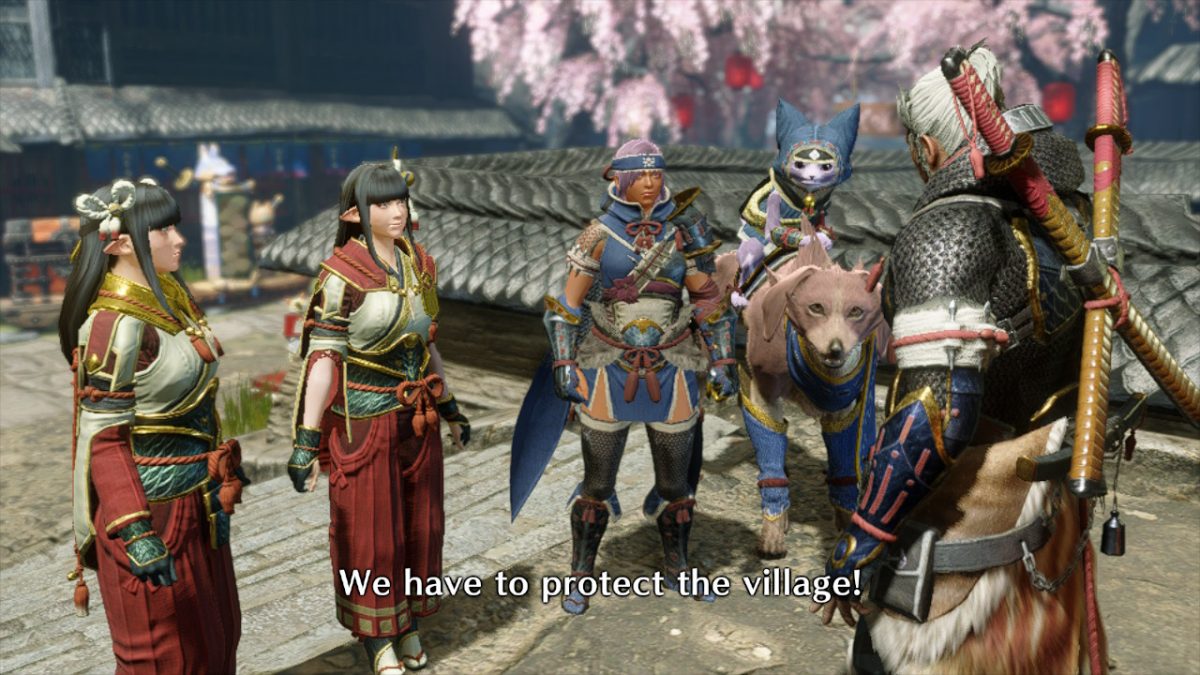
The closest was Monster Hunter Generations Ultimate for the Nintendo Switch in 2018, but that was actually an expanded version of Monster Hunter Generations, which was created solely for the Nintendo 3DS back in 2015. Monster Hunter Generations was also known as Monster Hunter X in Japan, and is more of a spin-off to the main franchise.
Well, the good news for fans is that Rise is a combination of both Generations and World, with some new elements thrown in.
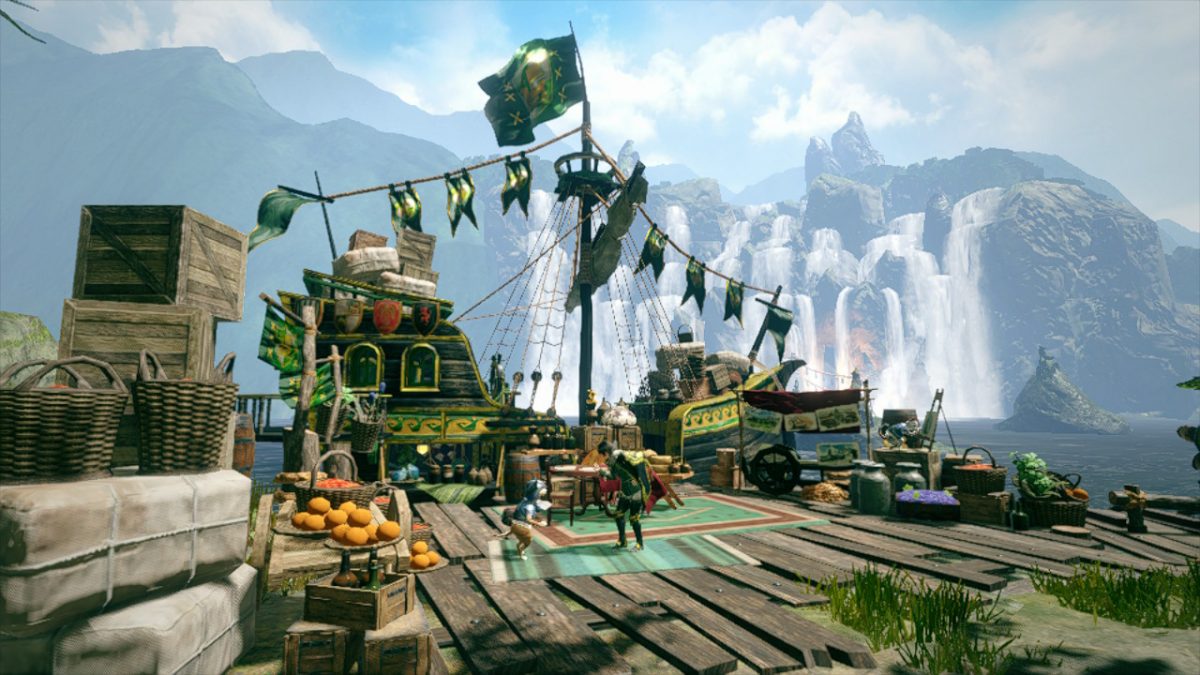
One main feature inherited from Monster Hunter Generations Ultimate is the categorisation of quests into village quests and hub quests, for solo and multiplayers mode respectively. Obviously, this means that the monsters are much stronger in hub quests, as these are quests tailored for up to four hunters. Thus a Mizutsune leviathan creature in a two-star hub quest has higher HP and damage than the one in a threestar village quest.
Since village quests are more manageable, solo hunters will be able to complete the main story without being blocked by an insurmountable monster. In fact, hunters will soon discover quite a number of new features that seems to position Monster Hunter Rise as a starter game for new hunters riding into the franchise for the first time.
In Monster Hunter World, hunters bring one Palico, a cat-like combat companion, with them on their hunts. In Monster Hunter Generations Ultimate, hunters have two Palicoes with them. Now with Monster Hunter Rise, hunters can bring a Palico and a Palamute, a new dog-like combat companion that makes its franchise debut in this game. While the Palamute works alongside the hunter to attack monsters, the Palico plays a supporting role in one of five ways: fight, heal, gather materials, set up traps, or place bombs. If a hunter is still oblivious to a monster limping away, the Palico will also inform him/her that the monster is weak and ready to be captured.

Like hunters, these buddies cannot be efficient if they are not geared up properly. Hunters will be delighted to know that they do not have to spend too much material crafting weapons and armour for their Palicoes and Palamutes. Like in Monster Hunter Generations Ultimate, hunters will get scraps whenever they make armor for themselves, and these scraps are all they need to craft equipment for their little buddies. And since all the Palico and Palamute equipment are so adorable, there is really no reason not to craft them all!
Hunters will be relieved to find that the Quality of Life changes from Monster Hunter World will continue in Monster Hunter Rise. Did you hurriedly press the “Depart” button before taking a meal or stocking up potions? No worries. You can still eat or access the item box at the camp. Did you accidentally bring a fire attack dual blades to fight a fire-breathing Rathian? Just change it out at the camp!

Meanwhile, the wirebug has replaced the clutch claw from Monster Hunter World. Instead of aiming and hooking onto the monster, the wirebug makes it possible for hunters to aim into the air and fly into midair. This way, hunters can use the wirebug to leap above the monster, then slash downwards with a devastating blow. The wirebug is also useful in getting out of peril too, like darting out of the way when a furious monster is dashing towards your direction. Thus it would behoove hunters to grab an extra third wirebug whenever they see one in the wild!
There are a couple of new features in Monster Hunter Rise that makes the game more enjoyable than its predecessors too. One thing that vexed seasoned hunters most is having other monsters interfering when they were hunting their target monster. While that will still happen in Monster Hunter Rise, hunters would be welcoming these random monsters with open arms this time. When the two monsters start to fight one another, hunters can attack the more exhausted monster with aerial attacks or Silkbind moves and ride on them, then they can use this monster to attack the other one. To add icing on the cake, the defending monster can drop up to 3 materials during the fight! That is one easy way to farm materials!
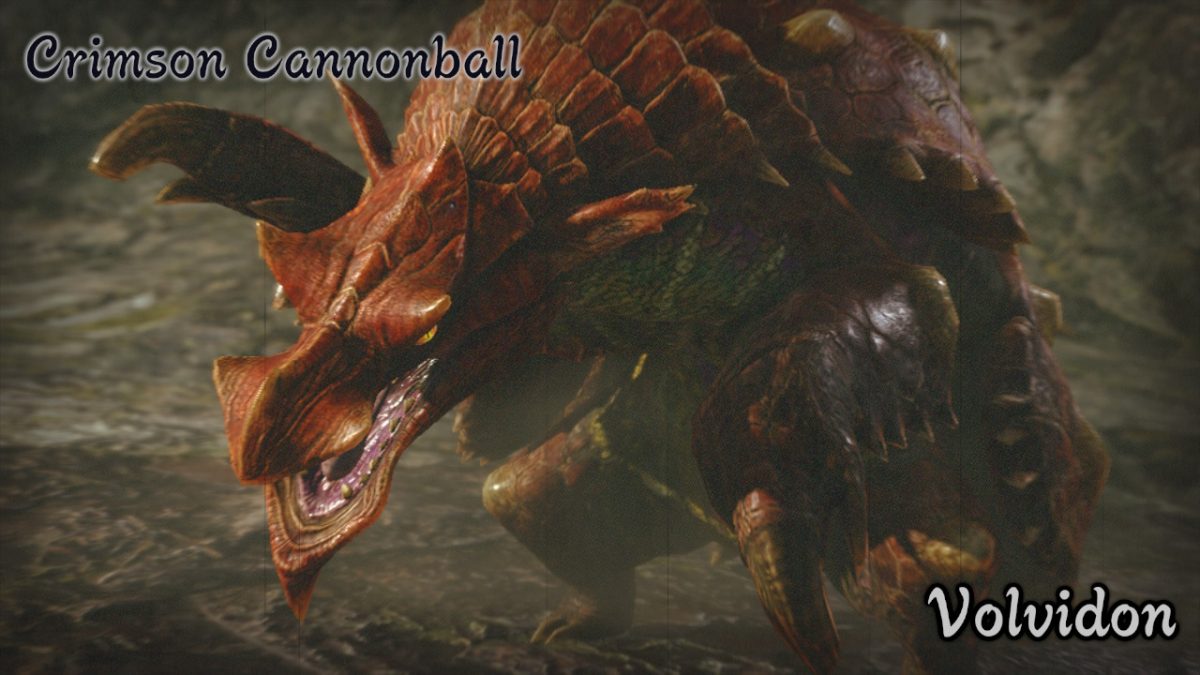
Besides the usual hunting quests, a new rampage quest type has also been added to both village quests and hub quests. In rampage quests, hunters are tasked to defend Kamura using Hunting Installations like ballistas and cannons. These installations can be set as manual to be manned by the hunter, or as auto to be manned by a villager. Hunters are required to defend till the last wave of monsters has been repelled or the final boss has been slain. While rampage quests are not easy, the rewards make them worthwhile. Upon completion, hunters will be rewarded with Defender Tickets which can be used to ramp up their weapons.
In Monster Hunter World, monsters are tracked with the help of Scoutflies, and hunters have to find clues like claw marks on the trees and footprints on the ground. Sometimes, locating a new monster in a huge map can be a little time-consuming. In Monster Hunter Rise, this whole tracking process has been eliminated, and new monsters are marked on the map with a question mark. However some seasoned hunters would lament that this takes away half the fun in the hunting.
The ability to craft weapons and armours out of monsters is what keeps the hunters hunting. With each new monster, new weapons and armours can be crafted. While some weapons and armours are crafted for their high stats or element, some are crafted simply because they look so fascinating. No hunter would ever complain about fighting the same monster five times, in order to farm for enough resources to craft a weapon that looks like a gigantic stick of dango!
The graphics in Monster Hunter Rise are undeniably top notch for a Nintendo Switch game. From the hunter’s weapons and armors, to the village and its NPCs, the game is colorful but not too flamboyant. The environment is rendered beautifully and with ornate details; like the tranquil falling cherry blossom petals in Gathering hub, or the vigorous ripples on the lake when a monster slammed its tail. The Japanese village setting in Kamura with Palicoes going about their daily lives making dangos, playing taiko or deciding how to cut up a huge tuna sends out an unstoppable “kawaii” vibe. The Kabuki-style cutscenes to introduce each new monster is dramatic and even makes a Great Izuchi look ominous.
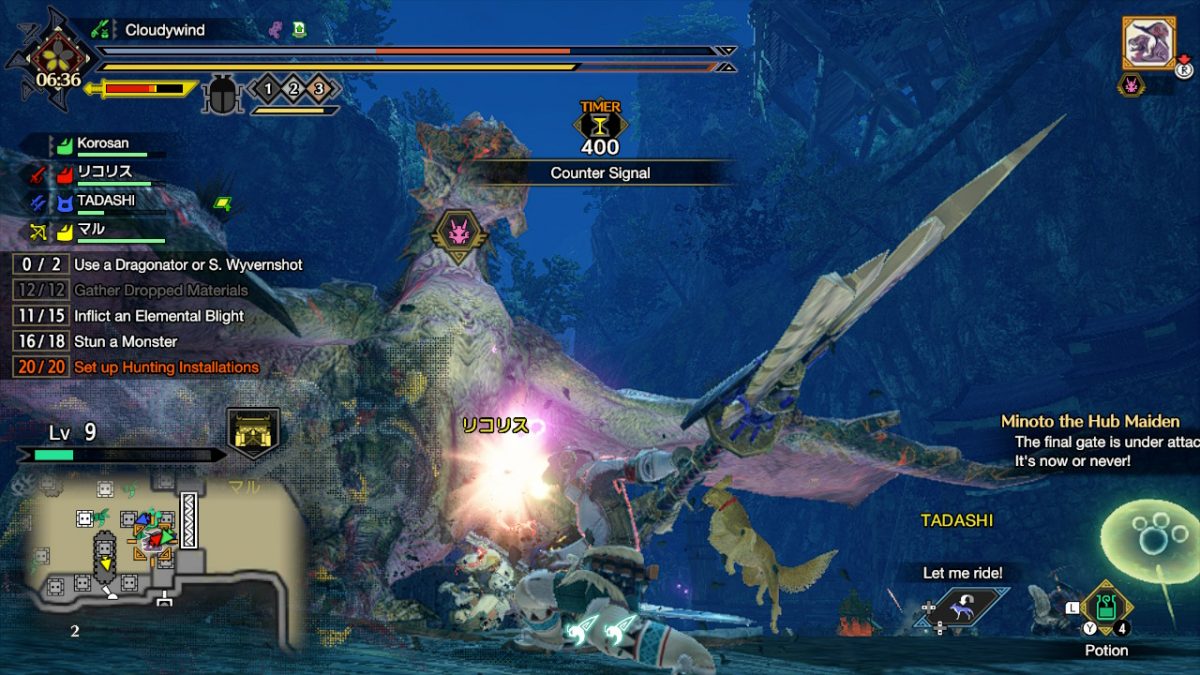
But as a monster hunting game, it is the monsters which are key. The new monsters look intriguing and unique, like the graceful Somnacanth that swims like a mermaid, and the mischievous Bishaten that throws poisonous fruits at you. The returning monsters look better too, even when compared with Monster Hunter World. Tobi-Kadachi’s fur looks brighter and more threatening now when it is angry, and you can actually see the electric current running along its fur!
Controls wise, there are not much changes from the previous installments. Out of the 14 weapons, the one which has changed drastically is the hunting horn. Playing melody is much easier now, which makes it easier to apply buffs and this is definitely a change for the better for this heavy hitting impact type weapon. Still, the long sword and dual blades are the easiest weapon for new hunters to pick up because of their straightforward combos.
To enhance the existing weapon combos, Monster Hunter Rise has also added a Switch Skill feature. Hunters can learn new Switch Skills to replace existing combos. For example, an Insect Glaive combo that lashes out a direct overhead slash can be replaced by an Area of Effect roundabout slash that can hit multiple targets. This adds more variety in the combos and it can also be refreshing for a seasoned hunter who has spent hundreds of hours on the same weapon in previous games to learn a new moveset now.
The main story can be completed in approximately 15 hours of gameplay, which is surprisingly short. However, there is more content to be unlocked and hunters should continue to complete quests to move up the ranks. Once hunters have reached Hunter Rank 4, High Rank hunts will be unlocked. High Rank monsters will drop better material that can be used to craft better equipment. Decorations can also be added to equipment to add crucial skills like Tremor Resistance and Partbreaker. At the same time, Capcom has announced that there will be an update in late April to add the Apex Rathalos and other new monsters to the game, so there is surely no lack of content to keep the hunters hunting!
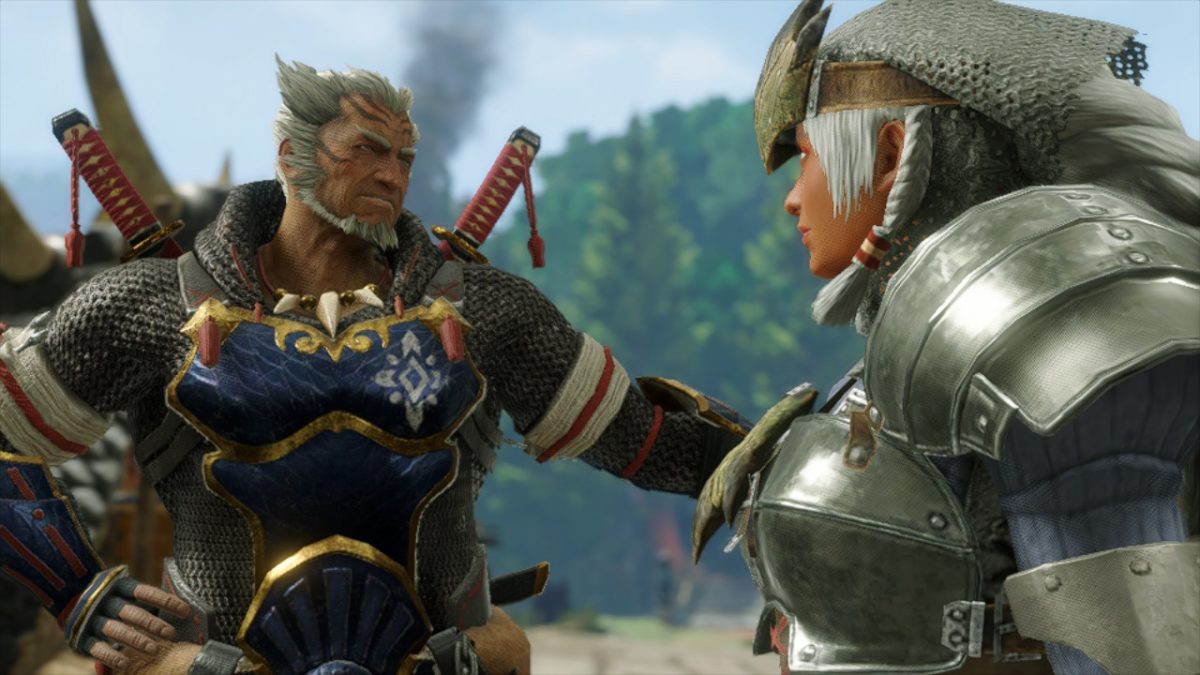
GEEK REVIEW SCORE
Summary
Generally, Monster Hunter Rise has much improved gameplay and graphics compared to its predecessors. Moving around the terrains is so much easier when hunters can wall run with their wirebugs, or ride on their palamute. Wyvern riding is also more fun now with the new ability to control a monster to fight another monster. This is a game where new hunters will not have much problem picking up a weapon to start hunting immediately. Though seasoned hunters might find the monsters in village quests too easily defeated and would rather challenge themselves fighting solo in the hub quests.
Overall
8.5/10-
Gameplay - 9/10
9/10
-
Story - 8/10
8/10
-
Presentation - 9/10
9/10
-
Value - 8/10
8/10

